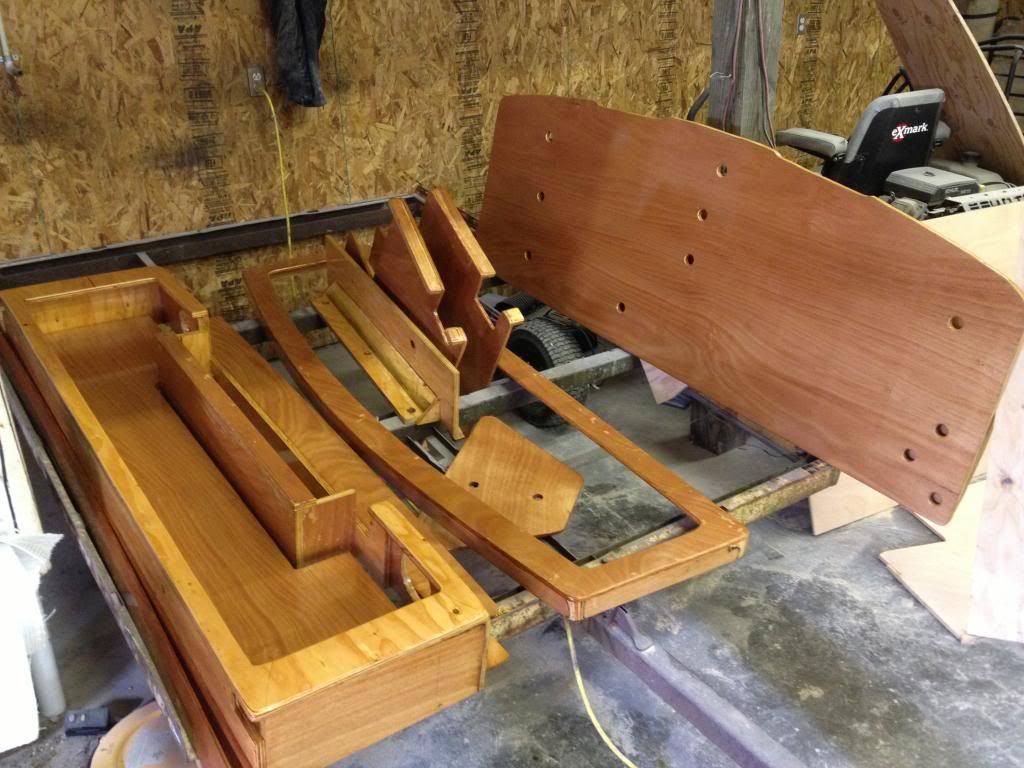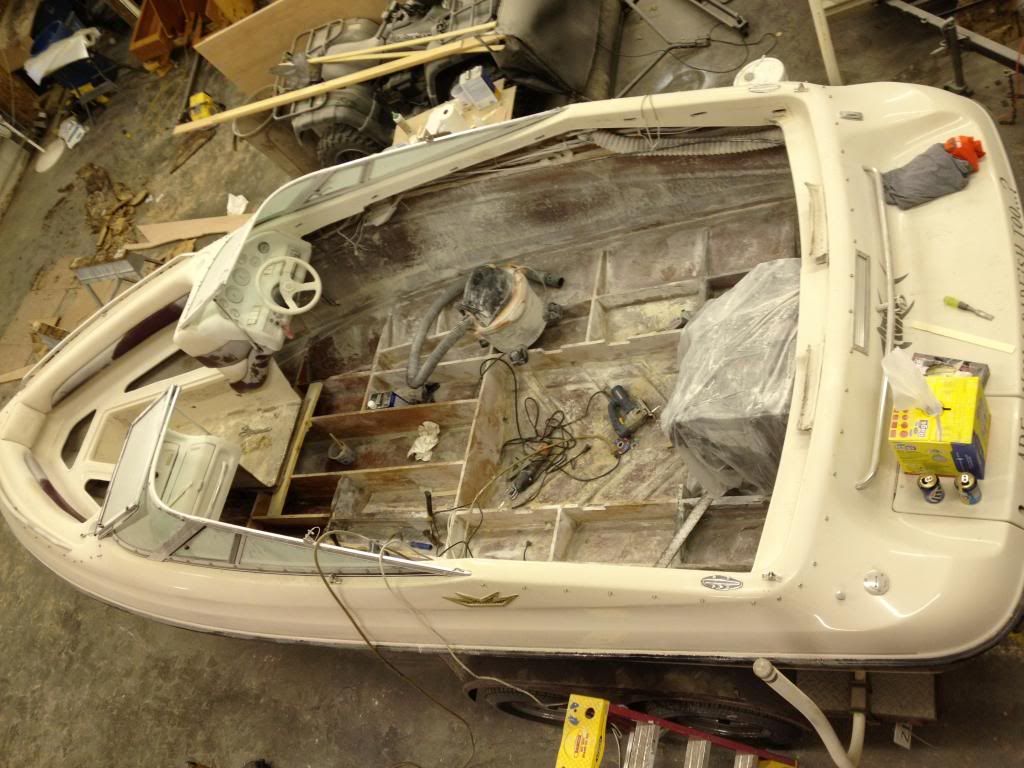Re: 1995 Crownline 202 BR Deck Restoration
Thanks for the compliments on the carpentry work. That part of the restoration was where I felt most comfortable. This fiberglass stuff has been the tricky part. I forgot the basics of adhesion when I thought this stuff would magically adhere to itself because its unwaxed. After A LOT of grinding I now know better...
As for the foam, I know it's a highly debated topic around here. Trust me I have gone over and over it in my head.... This is sure to repel iboats readers like a coon skin hat at a Peta convention, but I'll go ahead and do a pros and cons:
1. 2 part Foam
Pros: Original design, structural lamination, sound deadening(any fact to this?),adheres deck to hull, USCG required < 20' in length.
Cons: Leading cause of rot, leading cause if hull blisters by trapping moisture against the inside of the hull, more expense, messy, not enough where it's needed to make a difference in my boat(stern stringer's are 2-4" deep x 4' long x 4' wide. Next comes the fuel tank with 6" x 3' x 2' on each side. Smallest area of stringers with the most weight on top....my guess is it would sink bow up at best meaning the fuel, engine, etc will be fully immersed anyway)
2. Foam Sheets
Pros: ease of purchase, ease o installation, improvement in structural rigidity, added peace of mind, required by USCG < 20'
Con's: not enough to float my boat...see above, no lamination so not all that much structural benefits, gasoline dissolves it, possible squeeking noise going through chop... "Don't think so Tim".
3. No Foam
Pro's: Cheaper, Faster, Cleaner, freshly installed limber holes will be unobstructed, all water in will be allowed to exit, peace of mind that that rot and blister causing $&!] is gone....priceless. Not required USCG >20'(many vessels > 20' do not contain enough or any foam to maintain buoyancy)
Cons: less structural integrity than a 2 part foamed boat, increase in noise from the water, less forgiving of a missing drain plug or hull breach, and outraged anti-nonfoamers on iboats... Lol j/k!
Fire away!
P.S. all comments are based on my current research/opinion and are subject to change. I am not a marine engineer and cannot afford to sink a boat to prove my ramblings. No feelings were intended to be hurt in the making of this post.






























